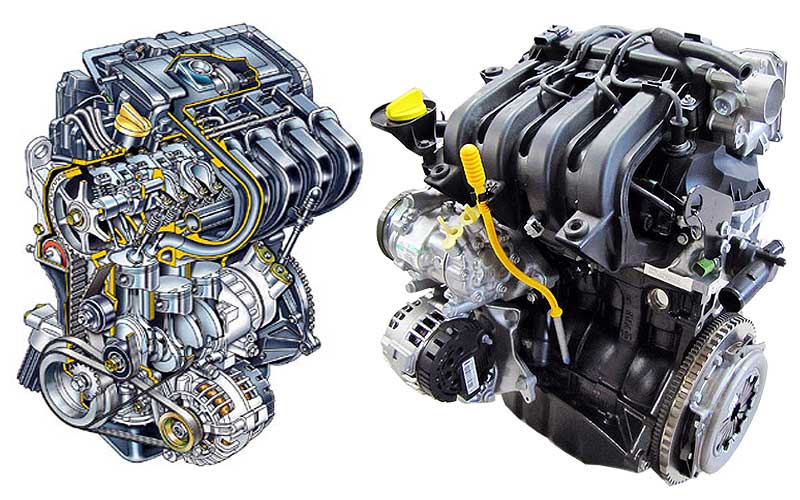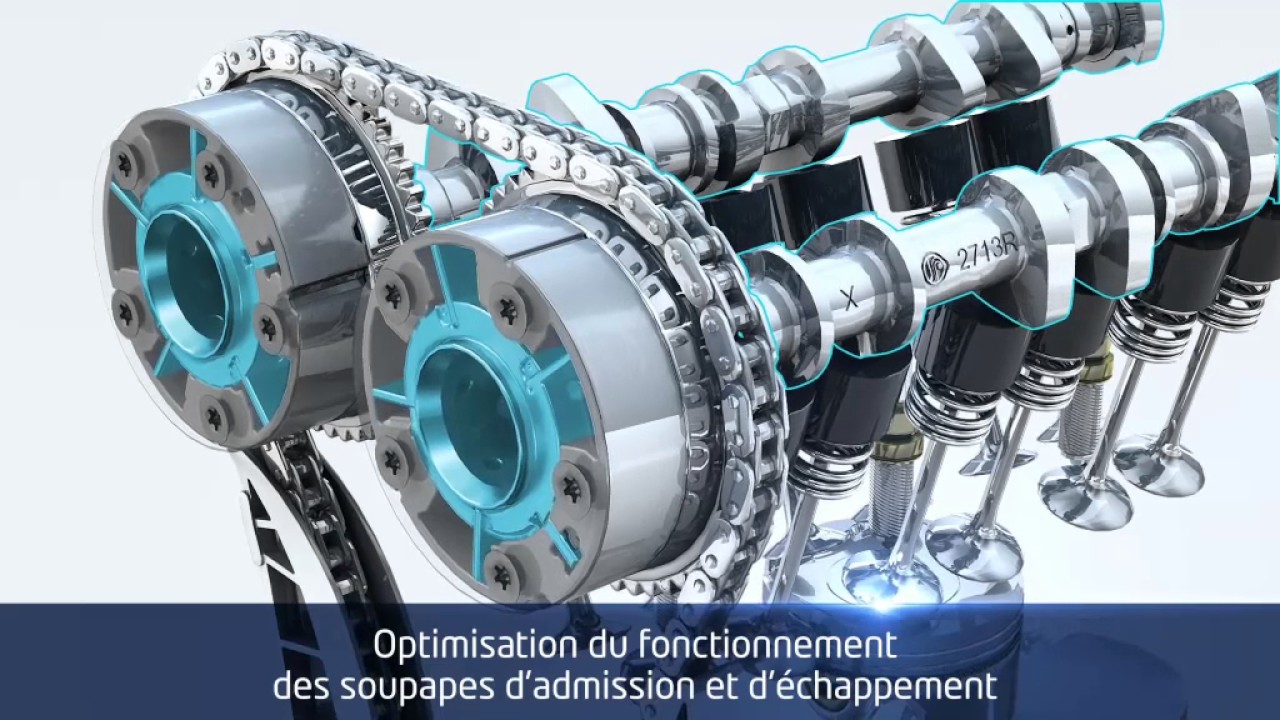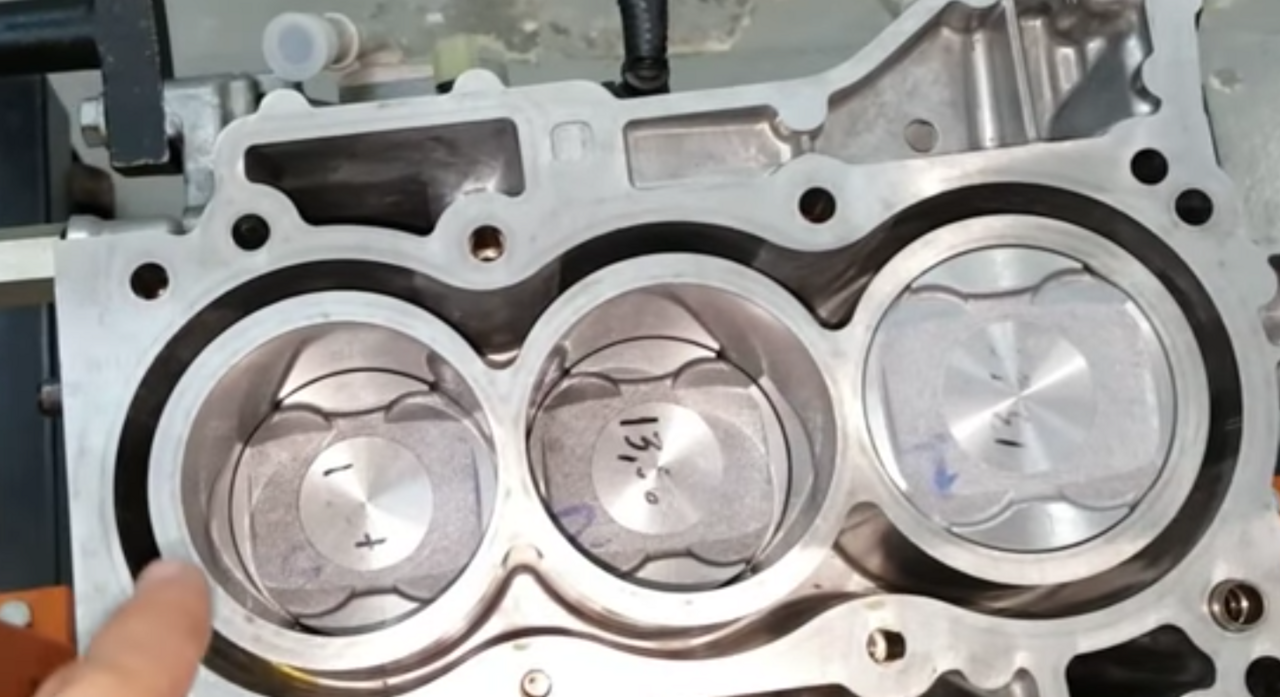Engines Renault D4F> B4D (aka SCe). Generation change. Glance motorist

You ask - well, what kind of transportation of the future?
And that's what I answer:
- Cars with ICE still make up the lion's share of the market.
- For many owners of old “buckets” who are tired of repairs, buying a basic new car is a bright future.
- Until 2030, owners of kerogases (a car on hydrocarbon fuel) can sleep peacefully.
Well, yes, considering that only a few months ago cars with new engines appeared in the showrooms, it became interesting for me to understand the technical progress of the “novelty”.

As already wrote in his logbook - I love it when the "Slavut" is correct, here Logan is the correct "Glory."
In general, this article presents a comparison of two budget engines in the eyes of the owner and some view of their prospects.
So, if you are thinking about purchasing a Renault carriage, or just wondering how it works, I ask for cat.
There are cars that they talk about, and there are cars that drive.
But they are all driven by engines.
By purchasing a Logan with a D4F engine, I was very sorry that B4D had not yet come to us.
One consolation - the first comes from zero, the roots go to the eight-horned D7F, in general, the engine, with which nothing will happen.
And so it happened! Since the summer began to sell cars equipped with "new" engines.
Having a little sadness, I decided to find out if they are good, I will not begin to reprint the plates of regular characteristics (which are available on the Internet).
I will compare only the design features from the consumer point of view and operate with values of more or less, so that not only the person who chooses the motor understands.
I have to say right away - the old motor (1.2L - D4F) is so old-fashioned that the manual implies its capital and repair dimensions for inserts / rings.
Given the maintenance-free resource of 300-400 thousand, it can be safely called a million.
But nobody does it - in the secondary market they are full, and at the price of a good repair, you can buy a used unit with mileage up to 100 thousand.
Than and taxi drivers use.
The goodies of the new one - despite the smaller (by two knights) power and more modest torque (by 10 percent), it pulls from the bottom and is distinguished by a decrease of 0.5l. appetite.
In general, its owner will be able to enjoy the five-liter consumption on a country road without even noticing changes in the behavior of the car.
And yes, you can ride on ethanol - alcohol, when its predecessor tolerates only up to 10% in good old gasoline.
In fact, if you do not plan to use the machine for more than 100 (200) thousand kilometers, then from a consumer’s point of view there is no difference under the hood.
The only thing with the new engine is saving 500 liters of fuel well, or the same evergreen currency.
PROFIT? NOT!
Service interval decreased from 15t.km. to 10, which brings the benefits to almost zero.
And this is not caused by a change in the design of the car (the same proven 2nd generation since 2012) - the fact is that the main part of the new engine is oil!
That is (as the owners of the Corolla wrote with an unsuccessful 1.5) - pour out good gasoline, oil and pray that nothing will break after the guarantee - the motor is just DISPOSABLE.
As you can see, this is the general trend of modern engine building.
Let's see why:
Engine uses Formula-1 technology
A beautiful phrase for the consumer, but in motor racing the motors are one stage.

Aluminum cylinder block, lighter by 20 kg.
Guys - everything is fine, but the liners hanging in the air ???
Against this disgrace, the sleeves of the outdated D4F in cast iron look like a monument created for centuries.

Here you can still remember Ford's eco-buster, which, with three pots, did not refuse the cast-iron block, since in aluminum the gaps walk along with the movement of the pistons.
On this technical shoals like end, begin economic.
Many Renault owners complained about the ancient valve adjustment mechanism - in the old manner - with two keys and a probe (by the way, this process is done every 60-80t.km).
Wanted new - get:

Think hydraulic lifters ???
So no! Adjusting cups !!!
If you do not go into details, the procedure requires removal of both camshafts, and the replacement of these very cups.
It is clear that during the life of the average car from the first owner in Europe (~ 80 thousand km.), Even the second one may not need this procedure.
But, while driving on LPG (Propane-Bhutan), this procedure is not required already once in thousands of 50 kilometers.
And the countries of the EX-USSR are leaders in the installation of HBO.
Does the "old" D4F come out better?
No, it’s just that from a mechanical point of view, its construction is so oak / classic that any retiree, who has driven a Muscovite and has repaired a Lada / Tavria, can handle the service.
There are also illnesses here - the most terrible - high-voltage wires are monolithically connected to the ignition coil.
On the one hand, this solution is less afraid of moisture, on the other hand, if you need to replace the wires, you have to change everything.
Well, in order to sweeten the pill, it is believed that when there is a high-voltage leak, the ignition coils also suffer.
The second problem is the timing belt - it is (in the new engine, the chain), but changes every 120,000, in fact, preferably at least once in 6 years.
There are also turbocharged engines (H4Bt), but I personally don’t like them for the reason that they have the weakest link - the turbine (structurally the cylinder block and the cylinder head are twins with B4D)
What is the alternative to this disgrace?
Not diesel and not even electric cars.
Just count how often and at what distances you travel!
How much will it cost by taxi (translated into 5 years)?
And how much when buying a coveted Fiesta?
After this time, perhaps, the concept of personal transport will sink into oblivion.
Well, I'm going to go to Logan's dacha as usual.
Until 2030, the resource is enough ;-)
PS inspired by the article Test drive a gasoline car
